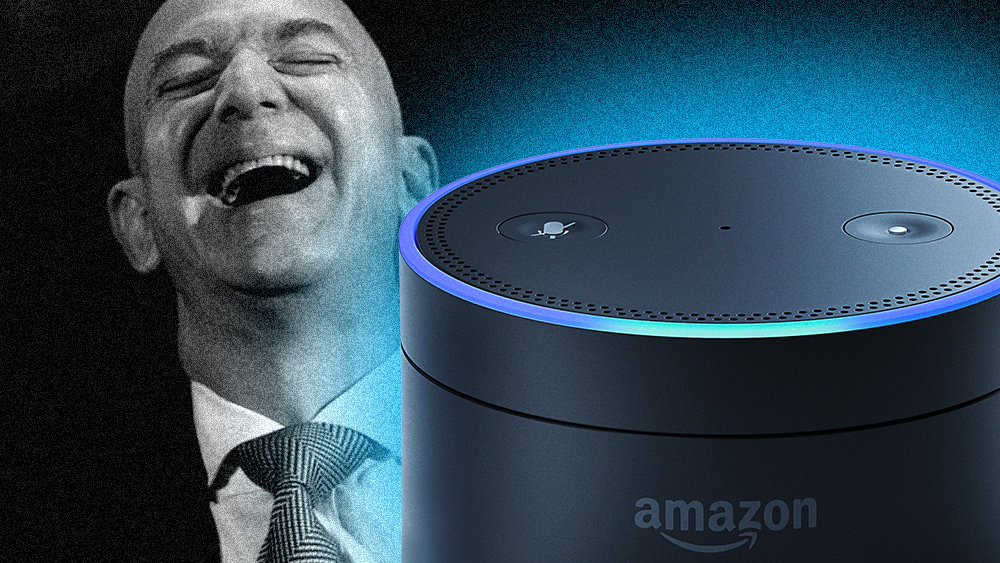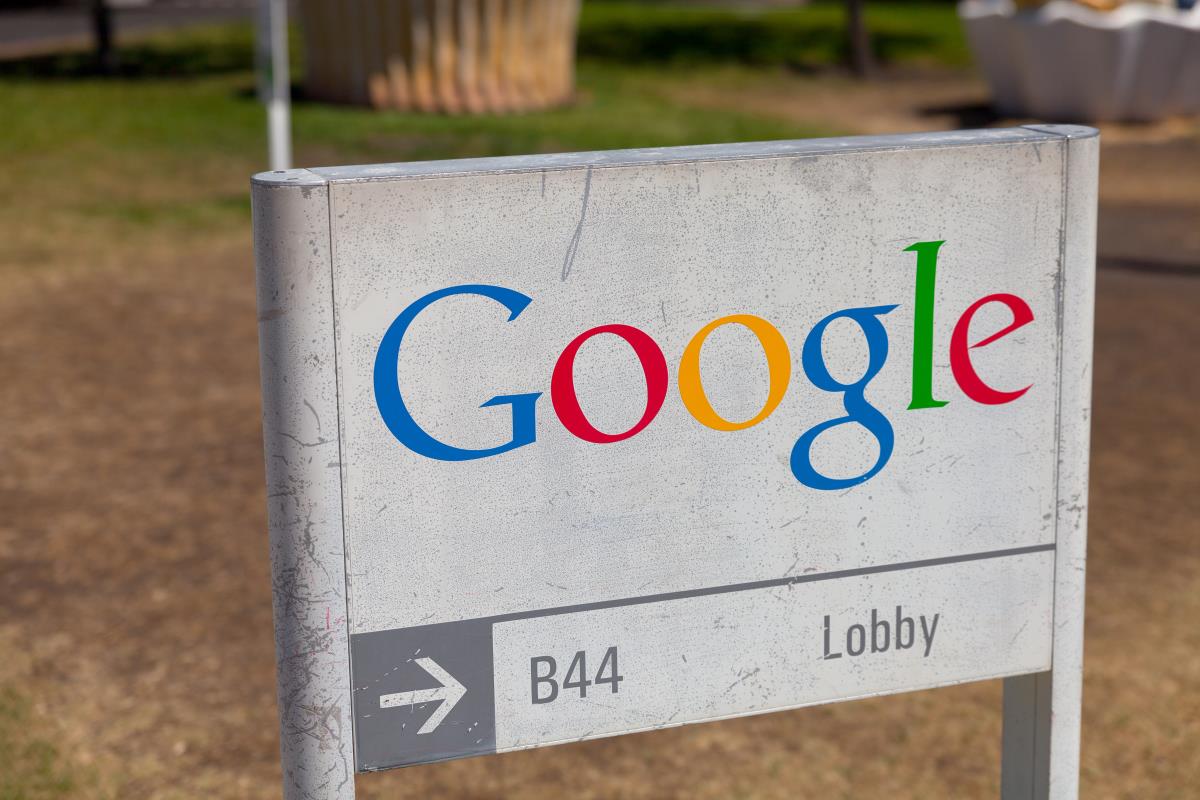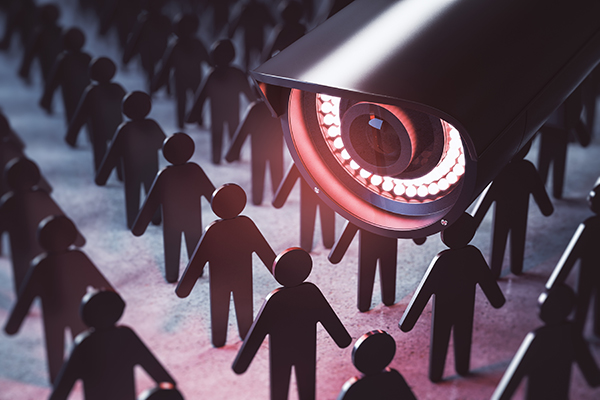
Drivers resort to creative ways to avoid penalties
Due to the dire situation, some drivers have resorted to covering up their vans' cameras with stickers to avoid getting unnecessary infractions. "If we brought up problems with the cameras, managers would brush it under the table, they're only worried about getting the packages out, so we cover them up," a Kentucky delivery driver says. "They don't tell us to, but it's kind of like 'don't ask, don't tell.'" Other drivers use sunglasses to avoid interpreting eye movement as distracted driving. Drivers have said that it's difficult to appeal the wrongly flagged events with Amazon, and when they can, their attempts to do so are often dismissed. Amazon announced the installment of the cameras in its delivery vans back in February, supposedly to improve driver safety. However, the move has raised concerns concerning privacy and surveillance. An Amazon driver who quit over the camera installation has said that it is both a privacy violation and a breach of trust. The system installed includes a front-facing camera, two side-facing ones and another that faces the driver. Read more about surveillance and invasion of privacy at Surveillance.news. Sources include: BusinessInsider.com CarScoops.comEx-google employee recalls “Terminator” moment; fears company is “creating God”
By Mary Villareal // Share
Academia using covid as excuse to install permanent mass surveillance systems on campus
By Ethan Huff // Share
Seven out of 10 new covid infections occurring in “fully vaccinated:” REPORT
By Ethan Huff // Share
An invisible assault: How everyday heavy metals sabotage brain health
By willowt // Share
Pentagon warns of China's rapidly expanding nuclear arsenal
By kevinhughes // Share
FCC grounds new Chinese drones in sweeping security move
By avagrace // Share
The methylation switch: Scientists identify diet that can turn back the cellular clock
By jacobthomas // Share
Renaissance or Ruin: A wake-up call for cultural revival and self-sufficiency
By kevinhughes // Share
Weight loss in midlife may trigger brain inflammation, study finds
By avagrace // Share










